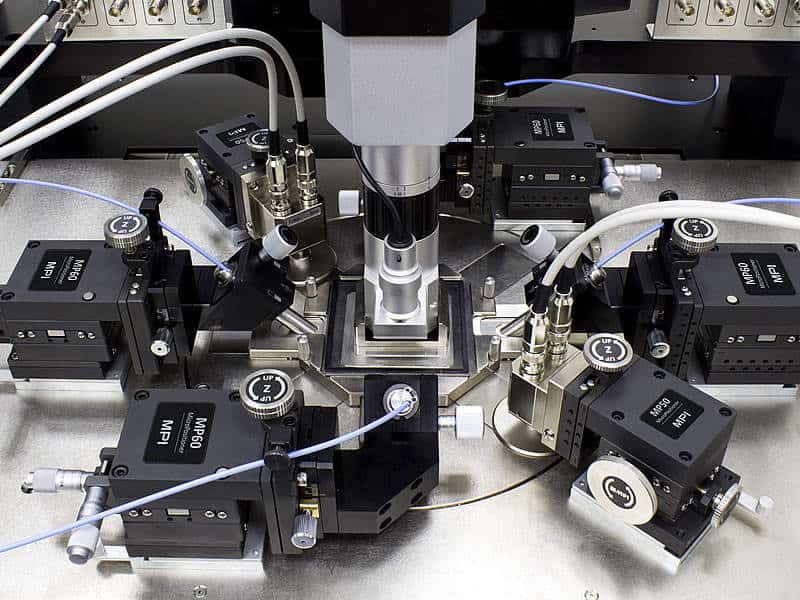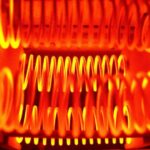
One of the challenges of performing an eddy current inspection is getting sufficient eddy current field strength in the region of interest within the material. Another challenge is keeping the field away from nonrelevant features of the test component. The impedance change caused by nonrelevant features can complicate the interpretation of the signal. Probe shielding and loading are sometimes used to limit the spread and concentrate the magnetic field of the coil. Of course, if the magnetic field is concentrated near the coil, the eddy currents will also be concentrated in this area.
Probe Shielding

Probe shielding is used to prevent or reduce the interaction of the probe’s magnetic field with nonrelevent features in close proximity of the probe. Shielding could be used to reduce edge effects when testing near dimensional transitions such as a step or an edge. Shielding could also be used to reduce the effects of conductive or magnetic fasteners in the region of testing.
Eddy current probes are most often shielded using magnetic shielding or eddy current shielding. Magnetically shielded probes have their coil surrounded by a ring of ferrite or other material with high permeability and low conductivity. The ferrite creates an area of low magnetic reluctance and the probe’s magnetic field is concentrated in this area rather than spreading beyond the shielding. This concentrates the magnetic field into a tighter area around the coil.
Eddy current shielding uses a ring of highly conductive but nonmagnetic material, usually copper, to surround the coil. The portion of the coil’s magnetic field that cuts across the shielding will generate eddy currents in the shielding material rather than in the nonrelevent features outside of the shielded area. The higher the frequency of the current used to drive the probe, the more effective the shielding will be due to the skin effect in the shielding material.
Probe Loading with Ferrite Cores

Sometimes coils are wound around a ferrite core. Since ferrite is ferromagnetic, the magnetic flux produced by the coil prefers to travel through the ferrite as opposed to the air. Therefore, the ferrite core concentrates the magnetic field near the center of the probe. This, in turn, concentrates the eddy currents near the center of the probe. Probes with ferrite cores tend to be more sensitive than air core probes and less affected by probe wobble and lift-off.


